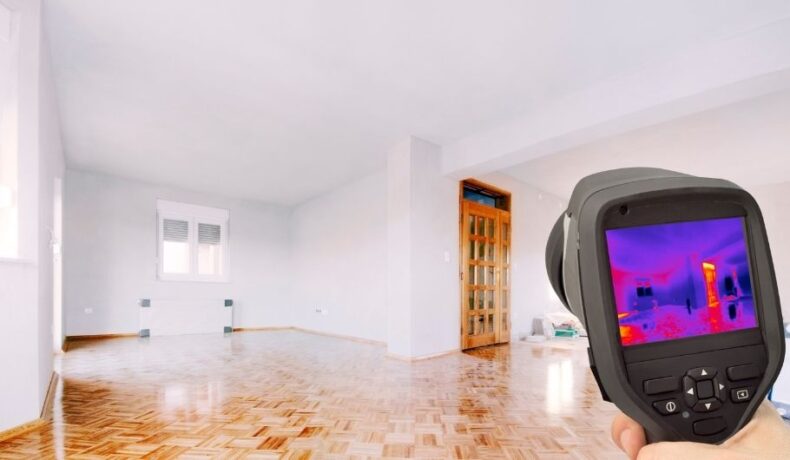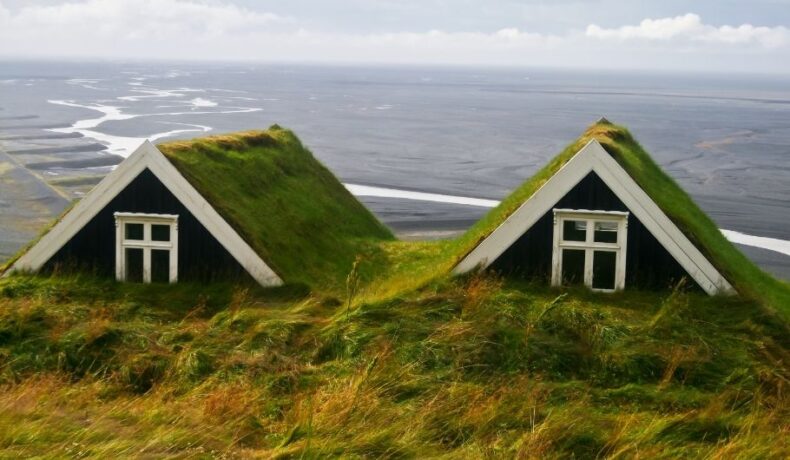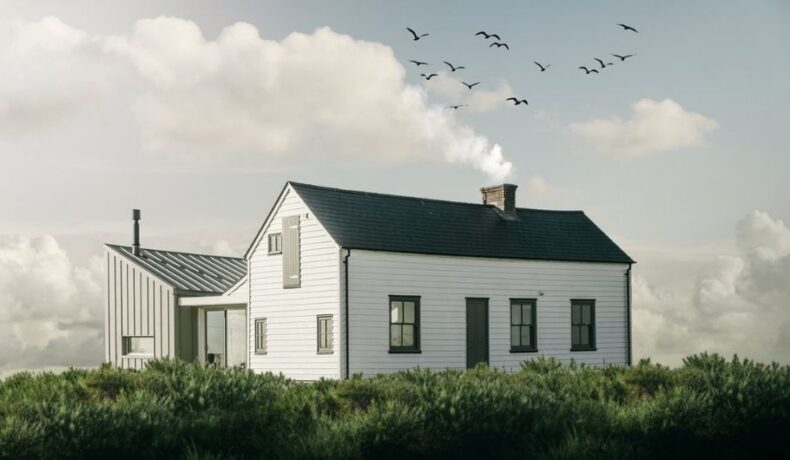Home Insulation (Everything you need to know)
With sweltering summers and freezing winters, it can be hard to stay comfortable indoors. Luckily, with the help of home insulation, you’ll be able to have better control over your thermal comfort! In America, 90% of homes lack sufficient insulation. This means that many homeowners in America have higher electricity bills than they should. The … Read more




